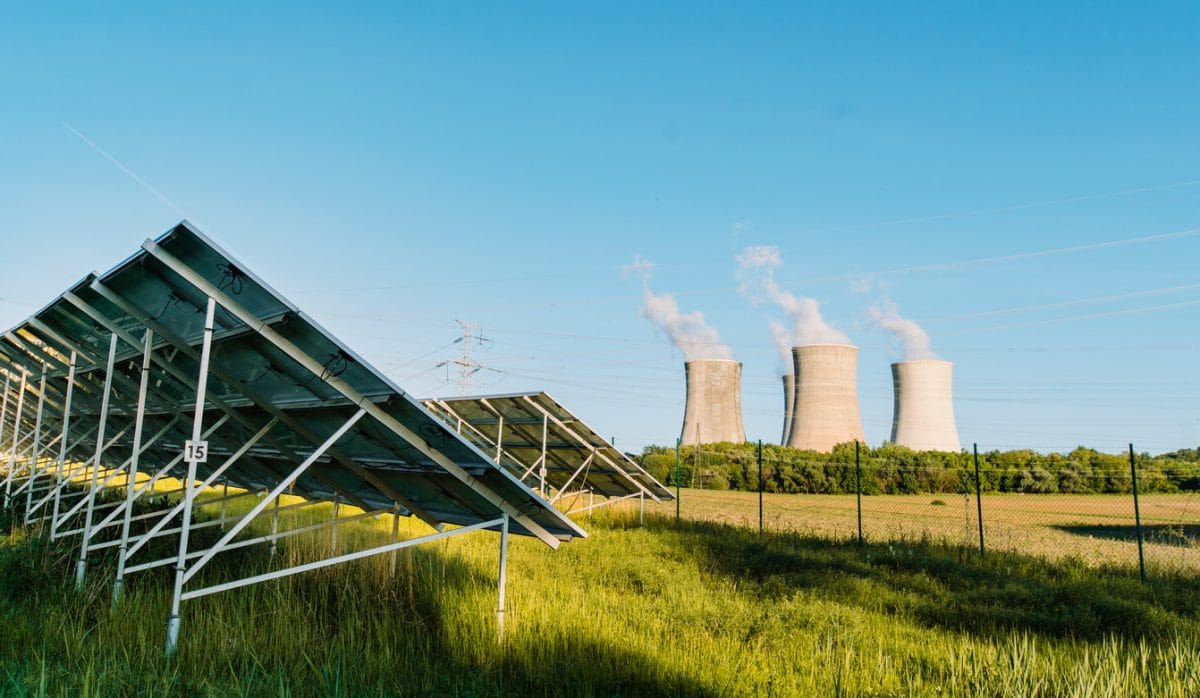
Nuclear’s new renaissance: Is it sustainable?
Nuclear’s new renaissance
After a decade in the wilderness and Western governments turning away from nuclear power, it’s now being talked about favourably once again. Around the world, particularly in Asia, more than 170 new reactors are either being built or planned. World leaders from more than 30 countries and the European Union (EU) have just met at the inaugural Nuclear Energy Summit in Brussels on March 21. Nuclear had a prominent role in the discussions at last December’s UN Climate Change Conference (COP28), with countries acknowledging nuclear energy’s role in reaching Net Zero for the first time and more than 20 countries pledging to triple nuclear power capacity by 2050
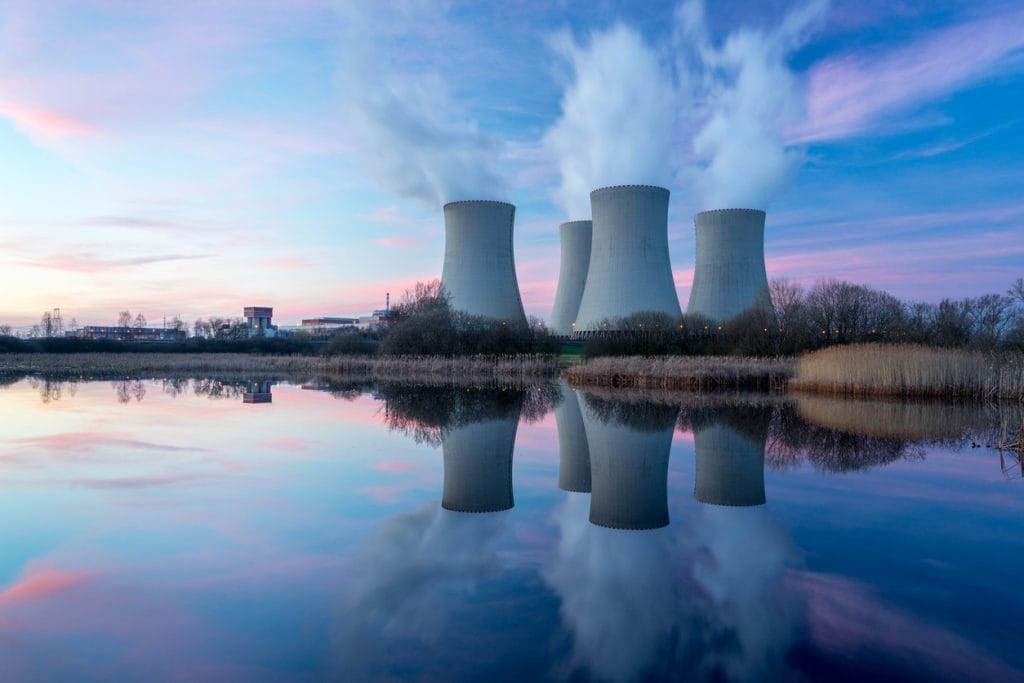
Global nuclear power generation is set to reach an all-time high next year, according to the latest forecasts from the International Energy Agency (IEA). Output from nuclear power plants is expected to rise by about 3 per cent both this year and next to 2,915TWh, overtaking the previous peak of 2,809TWh in 2021, and by a further 1.5 per cent in 2026. Growth will be driven by new reactors in China and India as well as the return of plants in France that were shut down last year for maintenance. The clearest sign of a new nuclear renaissance is that Japan is also planning to bring more of its nuclear capacity back online more than a decade after the Fukushima disaster.
A new nuclear energy renaissance is emerging, but most long-term energy market watchers may well roll their eyes. Haven’t we been here before? The history of nuclear power is marked by cycles of adoption, excitement, disasters, and public fear, and then governments turning their backs on the energy.
Will the nuclear renaissance finally be sustainable this time around?
What’s the role of nuclear in the clean energy transition? Will it be the ‘fuel of the future’ that its supporters have always hoped for? Or will it be another expensive false dawn that once again loses momentum?
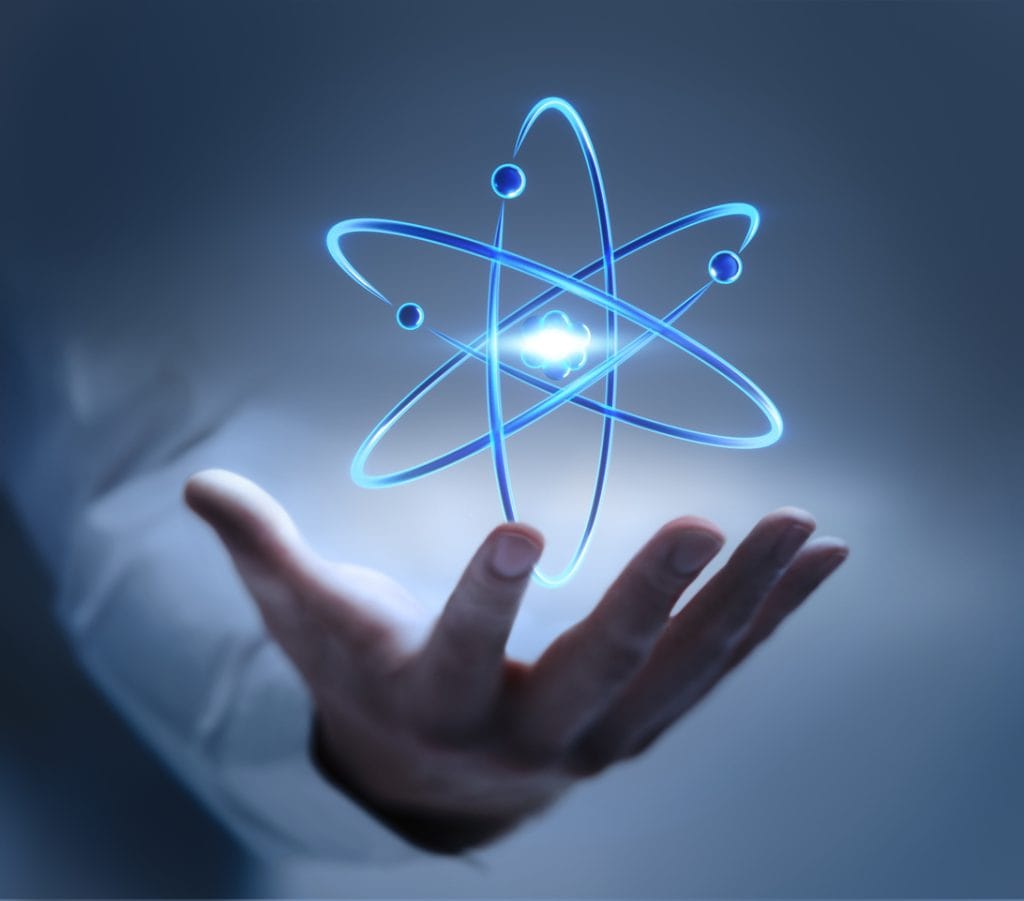
The fuel of the future… again?
Nuclear energy has always been seen as the ‘fuel of the future’. In 1951, the first nuclear reactor produced electricity in the Argonne National Laboratory in Idaho, USA, and President Eisenhower set out his “Atoms for Peace” programme. Governments and the public were immediately attracted to the idea of nuclear energy.
Early perceptions of nuclear power were generally positive. It was viewed as a beacon of a bright energy future, using technology to increase prosperity. However, public opposition and protests in the West began to build by the early 1970s. That opposition reached a fever pitch when the nuclear power plant at Three Mile Island in Pennsylvania had a partial meltdown in 1979, marking a significant turning point in the global development of nuclear power.
The Chernobyl disaster followed in 1986, and that was enough to kill off any large-scale new global commitment to nuclear energy. The public feared it, and few policymakers were willing to support it.
The first nuclear renaissance
The first nuclear renaissance gained momentum at the end of the 90s with the development of Generation III reactors. Their greater efficiency and safety were heralded as a new dawn for nuclear power, although 25 years later, most power plants are still Generation II, indicating the slow pace of nuclear energy construction.
At the turn of the 21st century, nuclear progress accelerated as governments began to understand the implications of climate change and the need for clean energy solutions. There was also a growing understanding of the scale of secure energy needed to meet the surging global demand, particularly in emerging economies. For most of the 2000s, the nuclear industry was optimistic about the future, with a significant number of new reactors planned and increasing investment in innovation.
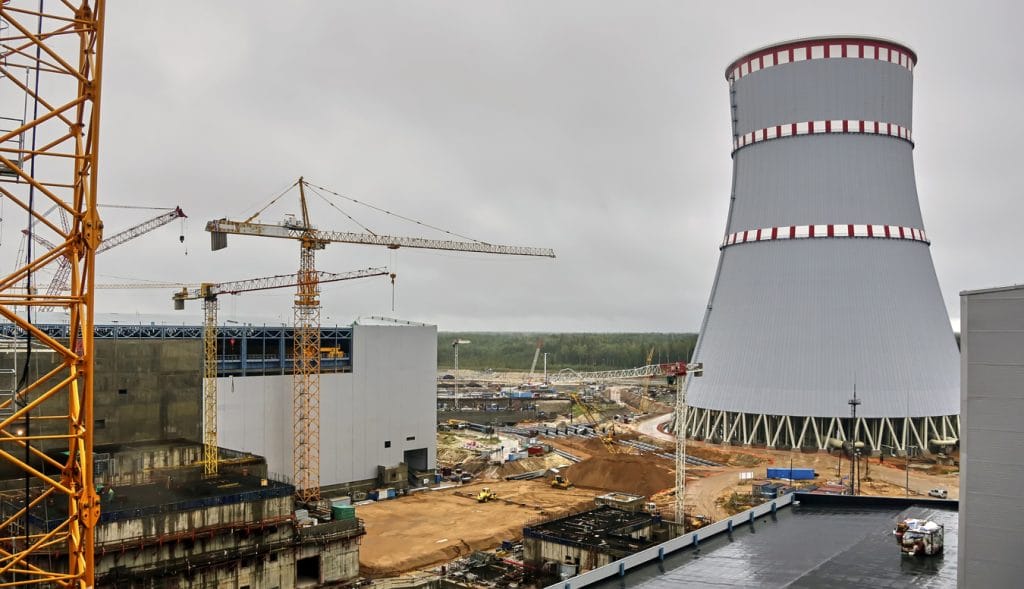
The Fukushima Disaster: a turning point
That first renaissance came to an abrupt end in March 2011 when an earthquake and resulting tsunami struck the Fukushima Daiichi Nuclear Power Plant on the East coast of Japan. Fukushima was graded a seven, the most severe on the International Nuclear Event Scale (INES), second only to Chernobyl in terms of global nuclear disasters. In hindsight, Fukushima represented a clear moment of divergence for global nuclear energy. In developed nations, there was an immediate change in public sentiment, and policymakers committed to move away from nuclear power and mostly cancelled any new reactor construction.
When the tsunami hit, there were 54 nuclear reactors in Japan. Following the disaster, roughly a third of them have been permanently shut down, and only 11 have resumed operation.
Fewer than three months after the accident, Germany decided to phase out nuclear power entirely by 2022 – which they achieved in April last year. Italy abandoned its long-term plan to bring back nuclear power after shuttering its plants following Chernobyl. Even France, the most pro-nuclear country in Europe, elected Francois Hollande in 2012, who pledged to break the country’s reliance on nuclear energy. In the U.S., the largest producer of nuclear power by a significant margin, the can of new nuclear power plant construction was kicked even further down a long road.
However, as the West and Japan turned their back on nuclear energy, in the rest of East Asia, India and Russia the renaissance slowly continued. Russia and particularly China are leading the way in developing new nuclear technology and construction techniques. China is planning or proposing almost 200 new reactors in the next 15 years, far more than the rest of the world has built in the past 35.
Now, 13 years after Fukushima, the West is playing catch-up. In pro-nuclear countries, the need for clean energy is superseding safety fears and any negative public sentiment. However, this second nuclear renaissance is fragile. There are still many dissenting voices that argue against nuclear’s Net Zero credentials, and the industry knows it’s always just one disaster away from another false dawn.
“China is planning or proposing almost 200 new reactors in the next 15 years, far more than the rest of the world has built in the past 35.”
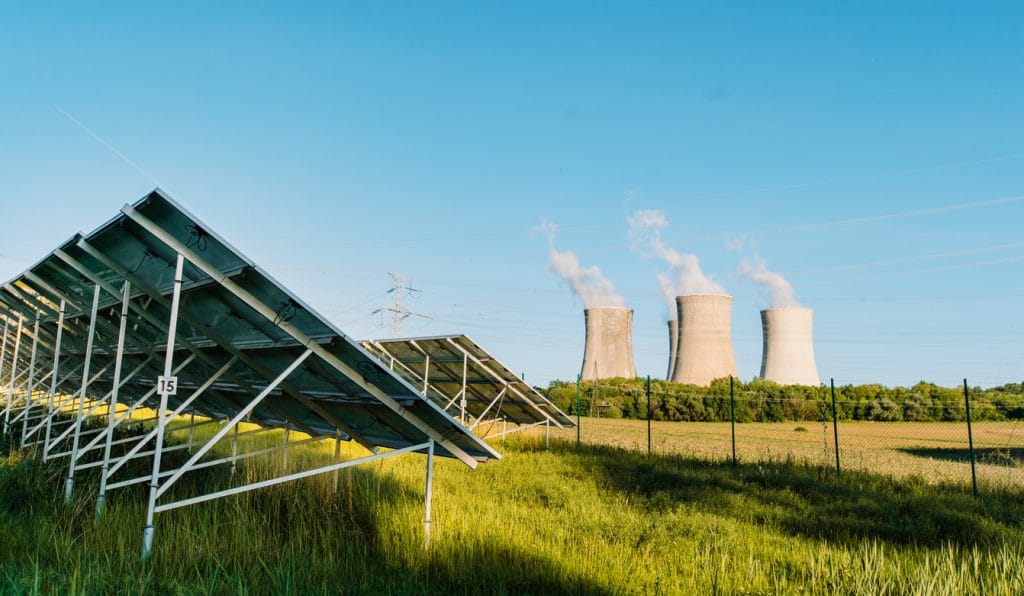
Is nuclear energy sustainable?
Nuclear power has been a dividing line for the environmental lobby and policymakers since the beginning of the clean energy transition.
Advocates argue that nuclear power is the only reliable, clean, and sustainable energy source that supports energy security and the clean energy transition. For critics, it’s a threat which comes with serious risks to people and the environment, from uranium mining to another Chernobyl-level disaster.
Both sides can point to evidence supporting their argument. What’s more difficult to argue with is that without nuclear power, net zero ambitions would be harder to achieve and more expensive.
Despite significant advances in renewable energy in the last decade, we’re a long way from renewables providing enough electricity to meet global demand, especially baseload power. Without nuclear energy, there would be significant trade-offs. We either rely on fossil fuels for longer or risk serious damage to economic productivity. For context, the IEA estimates that nuclear energy, with its 413 gigawatts (GW) of capacity operating in 32 countries, helps the world avoid 1.5 gigatonnes (Gt) of global emissions.
That isn’t to say that nuclear power is entirely sustainable. Although global uranium mining has mostly evolved in terms of safety and regulation, historic mining has left radioactive waste near mine sites, contaminating local biodiversity and water supplies, including in the U.S.
With the global demand for uranium expected to increase significantly in the decades ahead and the potential for many older mines to come back online, the uranium mining industry will need to ensure complete transparency and environmental due diligence moving forward.
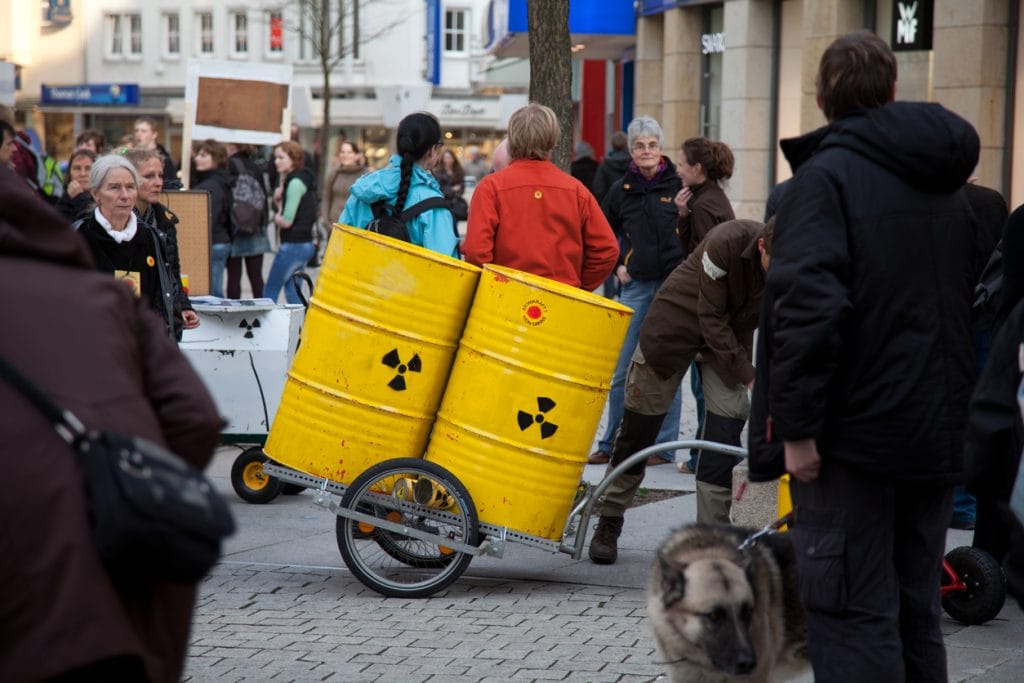
The nuclear opposition
Whilst renewables should lead the push to replace fossil fuels, they need to be complemented by dispatchable energy sources. We’ve discussed the ‘intermittency’ challenge of renewable energy in previous editions of ‘The Commodity Perspective’. Regardless of your view on its sustainability story, nuclear does present a clear solution to support power grids through the clean energy transition.
That’s not necessarily a view shared by much of the environmental lobby in developed nations. Some critics have described the renewal of the nuclear energy renaissance as a misstep that could become a “costly dead-end”, according to one German Green MEP. Their position is that the nuclear industry has failed to deliver value for money for generations, and most new construction in the West has been frustrated by spiralling costs and planning challenges.
Critics believe that any investment now in extra nuclear capacity could become redundant as renewable energy capacity reaches a critical mass. That would potentially lead to significant increases in global decommissioning costs, which are already high: the typical cost of decommissioning a nuclear reactor ranges from $500 million to $2 billion and can take 15-20 years.
That hasn’t stopped a new wave of nuclear investment in the West. The UK and some European countries have announced new funding for nuclear projects. In the U.S., the Inflation Reduction Act (IRA) provides $6 billion for existing and new nuclear development through investment and tax incentives. That money is earmarked for both large existing nuclear plants and newer advanced reactors, as well as high-assay low-enriched uranium (HALEU) and hydrogen production. It’s not clear whether the incentives will make a difference to a U.S. nuclear industry that’s struggled to build any new plants for the last 30 years. Plant Vogtle in Georgia is one exception, with two new reactors recently completed.
However, it’s the story of the construction of Unit 3 and Unit 4 at Plant Vogtle that casts serious doubt on the sustainability of the new nuclear renaissance in the West. Planning for the new reactors began in 2006, and the construction costs are set to exceed $34 billion. Delivery of the project is years behind schedule and more than $20 billion over budget.
“The typical cost of decommissioning a nuclear reactor ranges from $500 million to $2 billion and can take 15-20 years.”
It may well be basic economics rather than environmental or safety concerns that once again thwart the ambitions of those who see nuclear as a key pillar of the clean energy transition.
Lessons from China
Whilst the West has been struggling with its nuclear future, China has been forging ahead. The Chinese have 27 reactors currently under construction, with a further 199 either planned or proposed. Their progress is extraordinary, and they’re building their reactors at a rapid rate, less than seven years in most cases. Capital investment, planning, and supply chains are far more effective and accessible for Chinese nuclear construction than in the West.
There’s a pragmatism about nuclear energy in China that is lacking from the more emotionally charged debate in other developed economies. The Chinese are still building far more renewable energy capacity than any other country, but policymakers there also see nuclear power as playing a key role in the country’s Net Zero strategy.
Clearly, China’s regulatory and economic landscape is unique and many of the favourable factors that have helped build its strong nuclear power sector are impossible to replicate in the U.S. or Europe. However, focusing on the basics that China has role-modelled, including supply chain resilience and encouraging nuclear engineering talent, would be an important first step.
As the world tries to catch up, China is also innovating with new nuclear technology. At the end of 2023, the Chinese turned on the first Generation IV reactor. The Shidaowan plant in Shandong province is designed to use fuel more efficiently and to be safer and more sustainable. It’s also modular in design, which is seen by the nuclear industry as an important priority for the future. The idea is that large and small reactors can be assembled in factories and delivered to sites more cost-effectively. Chinese nuclear engineers are also leading the development of thorium-powered molten-salt reactors. These types of reactors have been around since the 1960s, but using thorium is seen as a step forward in terms of sustainable nuclear power because it’s more abundant, efficient and produces less nuclear waste than traditional uranium-powered reactors.
China provides an important lesson for Western governments that want nuclear to be part of the clean energy transition. Whether they will learn it and adapt it to their own strategies will determine where this new nuclear renaissance goes from here.
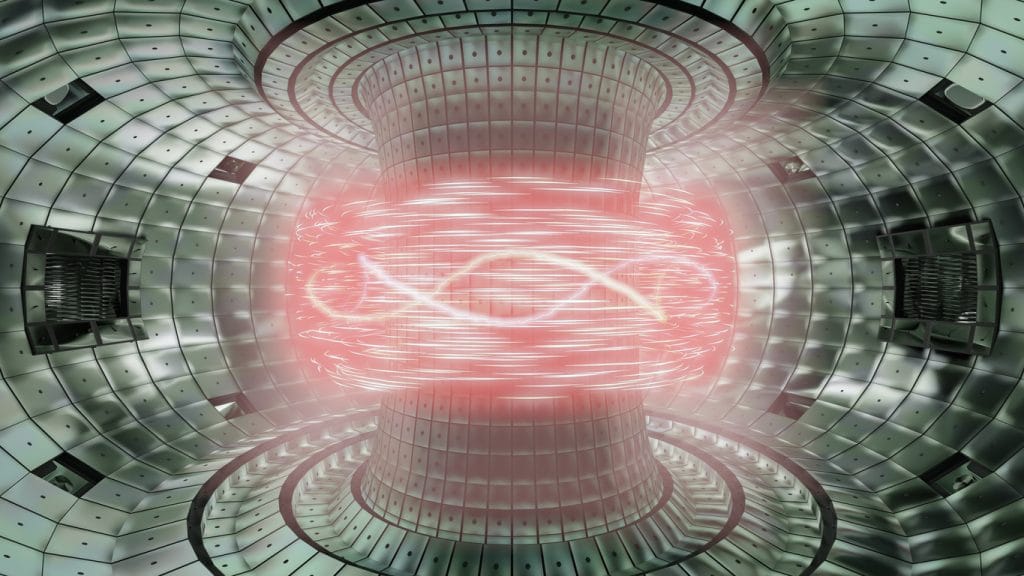
The future of nuclear
Nuclear may be growing in importance, but it’s also getting smaller than ever. Since the first nuclear power plants in the 1950s, the size of reactors has grown steadily. However, in recent years, particularly Chinese and Russian engineers have been working on new designs for smaller-scale reactors. Small modular reactors (SMRs) are defined as those built using module factory fabrication, pursuing economies of series production and short construction times. The hope is that SMRs can become a much more flexible option for providing nuclear power in areas where conventional nuclear energy is impractical.
As well as molten salt reactors and alternative fuels, there’s also hope that nuclear fusion—where energy is made from two light atoms coming together rather than splitting heavy atoms (fission- which is considered safer since it doesn’t produce long-lived radioactive waste—may usher in a new age of nuclear energy, although at this stage it’s still experimental.
Nuclear fusion may be the next ‘fuel of the future’, but for now, the challenges facing the new nuclear renaissance are far more prosaic but equally as challenging. We need a complete rethink of nuclear energy, planning and investment in Western economies. Nuclear energy should be in the mix to enable the growth of renewable energy, but that involves much more than just making supportive noises. It’s time for governments to start investing and understanding how to manage construction costs more effectively.
As new power plants take more than a decade to build in Europe and the U.S., these decisions can’t be delayed any longer.
